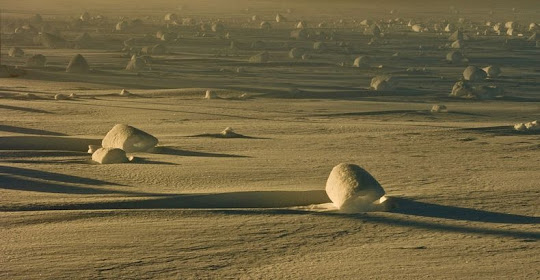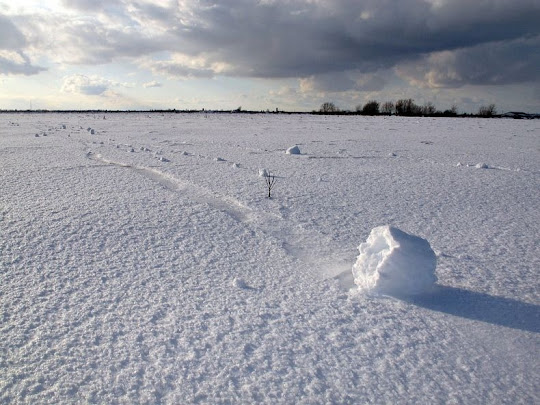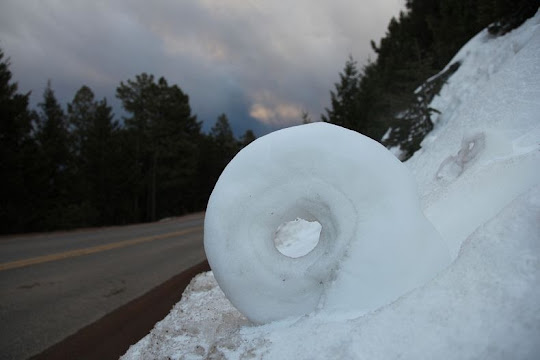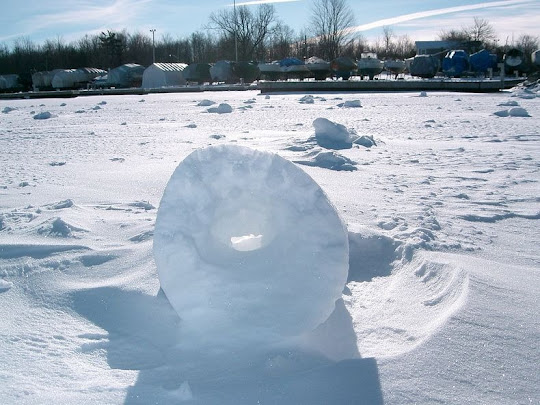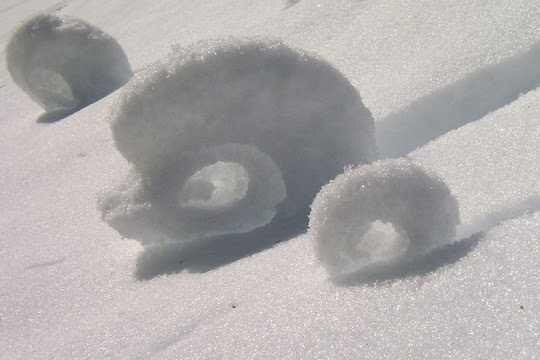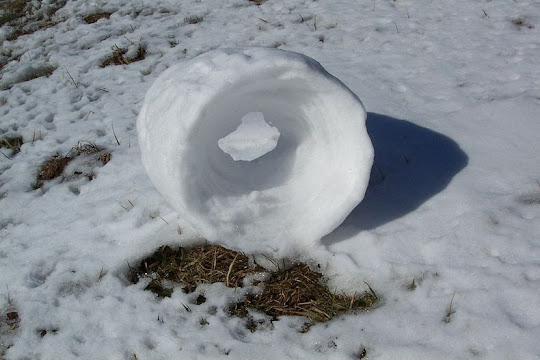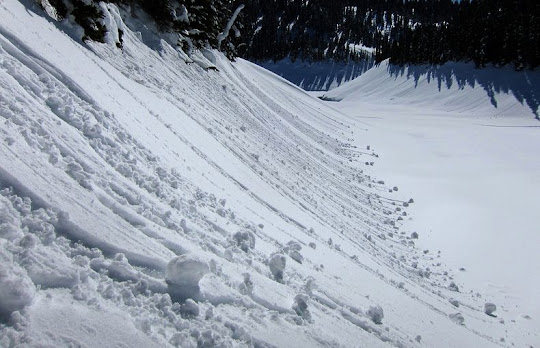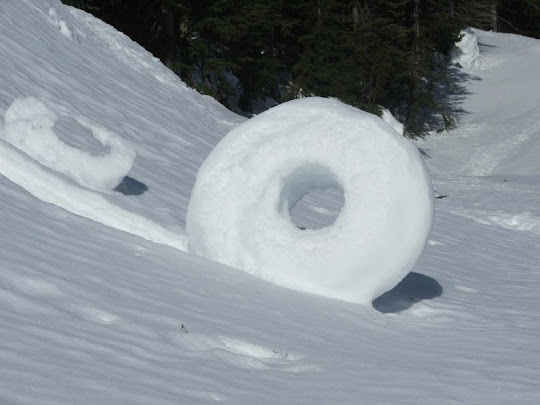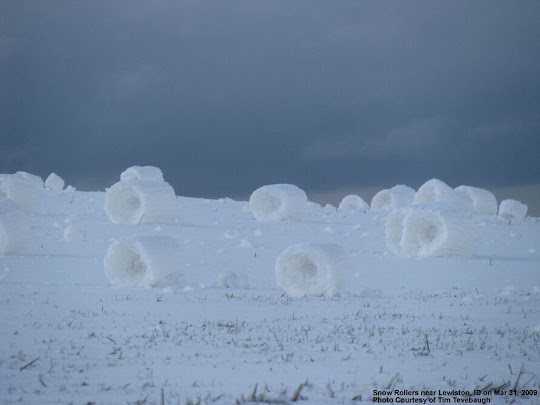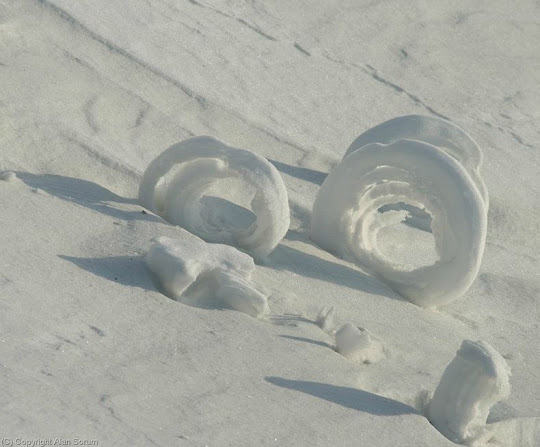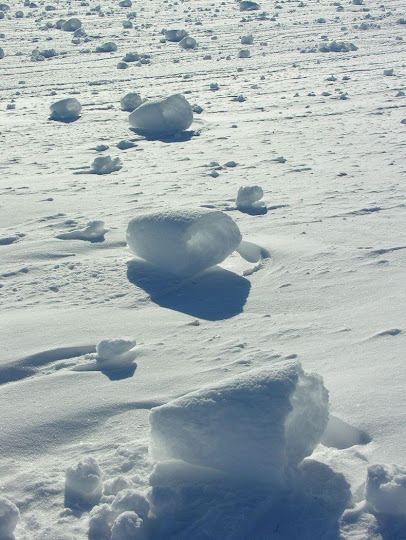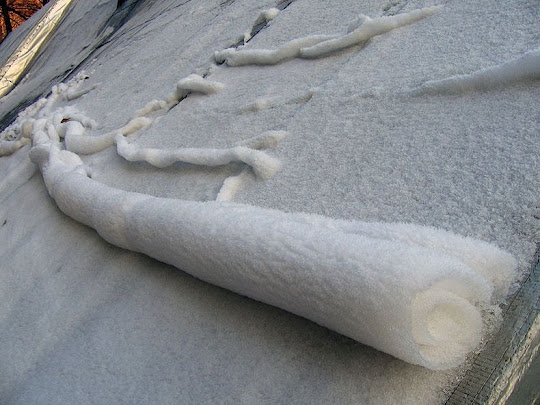Maeklong Railway Market, located in Samut Songkhram, Thailand, around 37 miles west of Bangkok, looks like any other open-air market in Asia. There are tropical fruits and vegetables such as lychee, durian, and mango in big brightly colored piles, variety of dried spices, pastes and herbs, freshly caught seafood and other local foods. The crowd weave their way around in between vendors, picking up whatever they need for the day. The market is sheltered by low-hanging awnings/umbrellas and if you look closely, you will notice that you are actually walking on train rails.
Then a piercing siren sounds and in a flash the market transforms - the shoppers disappear and the stallholders whip away their produce. One moment you see the locals shopping for their vegetables and the next moment the vendors will scoop up their baskets and boxes and anything that lies over the track. The market comes to a standstill as all the vendors hold on to the poles supporting their awnings to make way for the train to pass. It is such a tight squeeze that the train travelling at about 15mph almost touches the fruits, vegetables and everything else at the marketplace as it passes through.
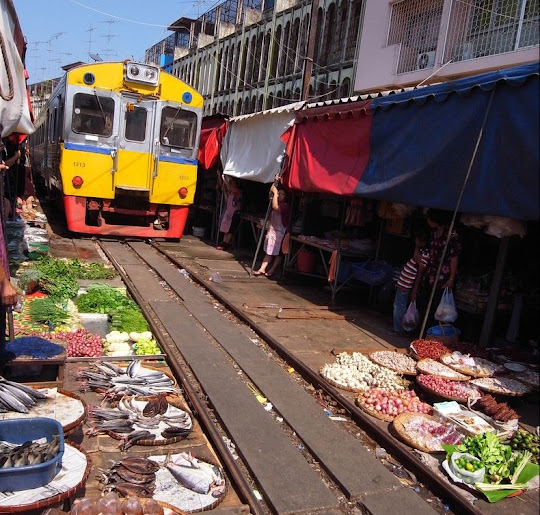
Once the train is gone, the vendors push back the stalls and awnings into position and everything goes back to normal as if nothing has happened. After all the market has been here for generations way before when the railway was set up in 1905.
Thais call this place Talad Rom Hoop Market which literally translates to “Market Umbrella Pulldown”. You will understand the name once you see the video.
Trains runs through the Maeklong Railway Market 7 times a day, 7 days a week. In the morning, the train passes by the market 4 times. The train arrives at 0840hrs from Ban Laem Station and departs from Maeklong (Samut Songkram) Railway Station at 0900hrs. The next train arrives at 1120hrs from Ban Laem and depart from Maeklong (Samut Songkram) Railway Station at 1130hrs. In the afternoon, the train passes by the market 3-4 times. The train arrives at 1430hrs from Ban Laem and departs from Maeklong (Samut Songkram) Railway Station at 1530hrs. The next train arrives at 1740hrs from Ban Laem and may or may not depart from Maeklong (Samut Songkram) Railway Station. Do note that the train schedule is subject to change so check the schedules with the train station before planning your journey to Maeklong.
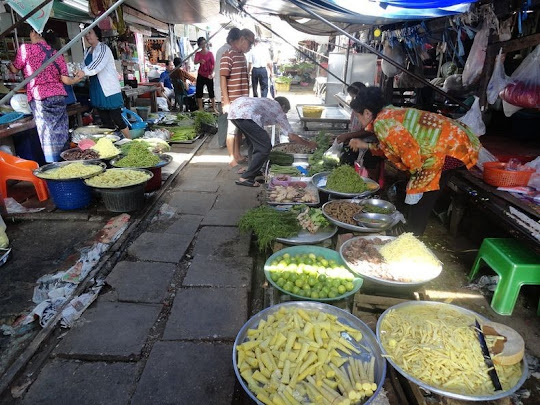

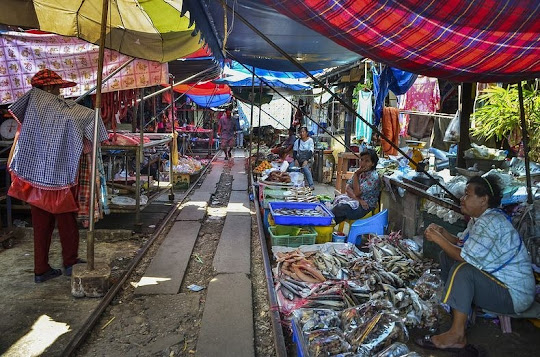
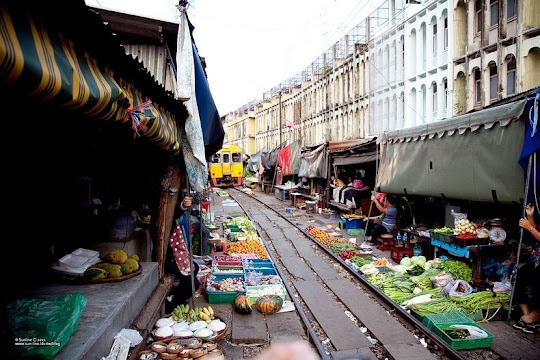

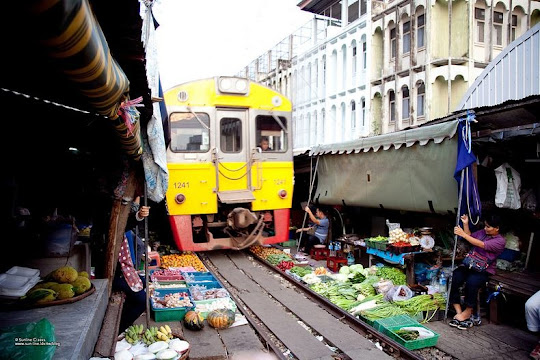



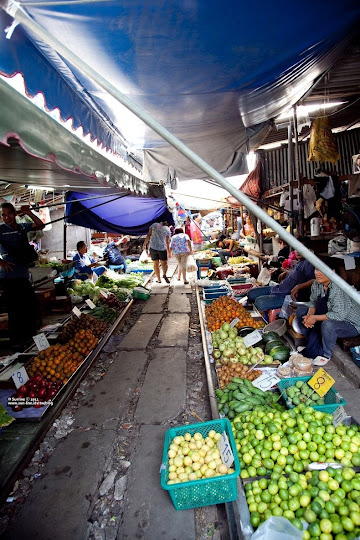
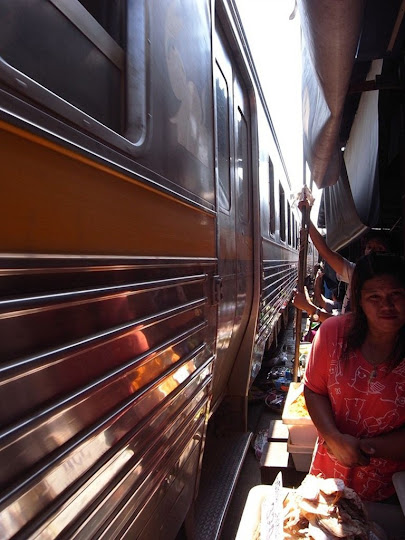
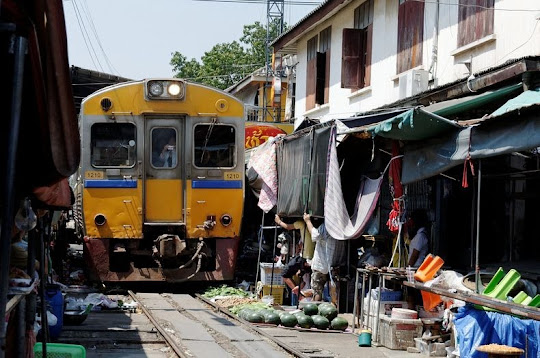
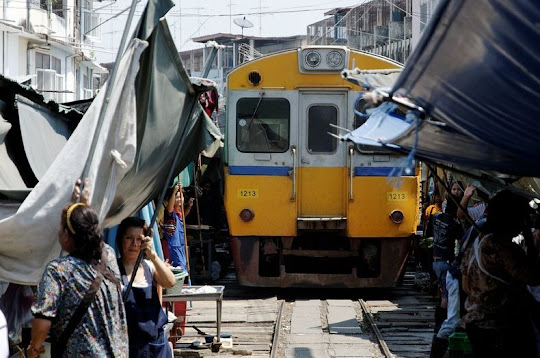

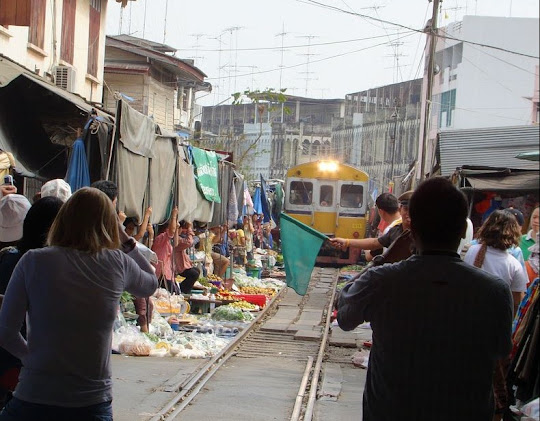
Source
READ MORE»
Then a piercing siren sounds and in a flash the market transforms - the shoppers disappear and the stallholders whip away their produce. One moment you see the locals shopping for their vegetables and the next moment the vendors will scoop up their baskets and boxes and anything that lies over the track. The market comes to a standstill as all the vendors hold on to the poles supporting their awnings to make way for the train to pass. It is such a tight squeeze that the train travelling at about 15mph almost touches the fruits, vegetables and everything else at the marketplace as it passes through.

Once the train is gone, the vendors push back the stalls and awnings into position and everything goes back to normal as if nothing has happened. After all the market has been here for generations way before when the railway was set up in 1905.
Thais call this place Talad Rom Hoop Market which literally translates to “Market Umbrella Pulldown”. You will understand the name once you see the video.
Trains runs through the Maeklong Railway Market 7 times a day, 7 days a week. In the morning, the train passes by the market 4 times. The train arrives at 0840hrs from Ban Laem Station and departs from Maeklong (Samut Songkram) Railway Station at 0900hrs. The next train arrives at 1120hrs from Ban Laem and depart from Maeklong (Samut Songkram) Railway Station at 1130hrs. In the afternoon, the train passes by the market 3-4 times. The train arrives at 1430hrs from Ban Laem and departs from Maeklong (Samut Songkram) Railway Station at 1530hrs. The next train arrives at 1740hrs from Ban Laem and may or may not depart from Maeklong (Samut Songkram) Railway Station. Do note that the train schedule is subject to change so check the schedules with the train station before planning your journey to Maeklong.















Source

